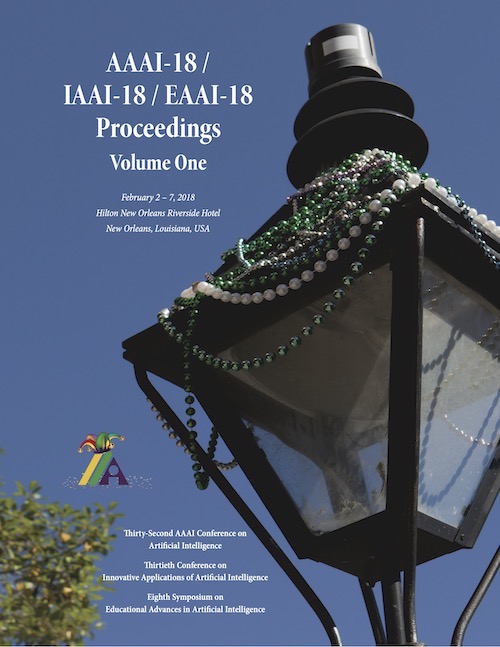Published:
2018-02-08
Proceedings:
Proceedings of the AAAI Conference on Artificial Intelligence, 32
Volume
Issue:
Thirty-Second AAAI Conference on Artificial Intelligence 2018
Track:
AAAI Technical Track: Human-AI Collaboration
Downloads:
Abstract:
Building large-scale, globally consistent maps is a challenging problem, made more difficult in environments with limited access, sparse features, or when using data collected by novice users. For such scenarios, where state-of-the-art mapping algorithms produce globally inconsistent maps, we introduce a systematic approach to incorporating sparse human corrections, which we term Human-in-the-Loop Simultaneous Localization and Mapping (HitL-SLAM). Given an initial factor graph for pose graph SLAM, HitL-SLAM accepts approximate, potentially erroneous, and rank-deficient human input, infers the intended correction via expectation maximization (EM), back-propagates the extracted corrections over the pose graph, and finally jointly optimizes the factor graph including the human inputs as human correction factor terms, to yield globally consistent large-scale maps. We thus contribute an EM formulation for inferring potentially rank-deficient human corrections to mapping, and human correction factor extensions to the factor graphs for pose graph SLAM that result in a principled approach to joint optimization of the pose graph while simultaneously accounting for multiple forms of human correction. We present empirical results showing the effectiveness of HitL-SLAM at generating globally accurate and consistent maps even when given poor initial estimates of the map.
DOI:
10.1609/aaai.v32i1.11495

AAAI
Thirty-Second AAAI Conference on Artificial Intelligence 2018
ISSN 2374-3468 (Online) ISSN 2159-5399 (Print)
Published by AAAI Press, Palo Alto, California USA Copyright © 2018, Association for the Advancement of Artificial Intelligence All Rights Reserved.
